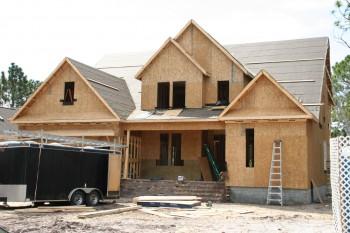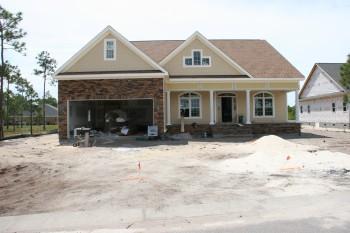Centerline Construction Chat: Backup Generators
Categories: Backup Generator, Brunswick County Home Builder, Centerline Construction Chat, Jeff Satterwhite, NC Construction | Posted: October 29, 2012
Watch Jeff Satterwhite discuss what backup generators are and how they work below.
Backup generators – The generator is about the size of a large suitcase. This one is a 20kw backup generator that runs off a propane tank in the ground, which turns on automatically if you lose power.
When the main line breaker panel loses power, the generator automatically switch changes from line power to generator power. The items on the generator circuit will be up and operational at that point. The process can take 30 seconds to one minute.
When the line power comes back, the automatic switch will change back to line power and run the generator for a two-minute cooling cycle, then turn itself off.
A backup generator is a nice luxury to have. It is not necessarily needed in Southport and Brunswick County since we have underground power which is stable. But we do live in an electric world so it is a nice luxury to have in the case of a heavy storm.
It would have been a nice addition to the recent Sandy that swept through the Northeast.
For questions or to learn more, contact Jeff Satterwhite: (910) 620-8883 or Jeff@gocenterline.com
To watch other Centerline Construction Chat tutorials, click here
To see other videos from Jeff Satterwhite, click here









